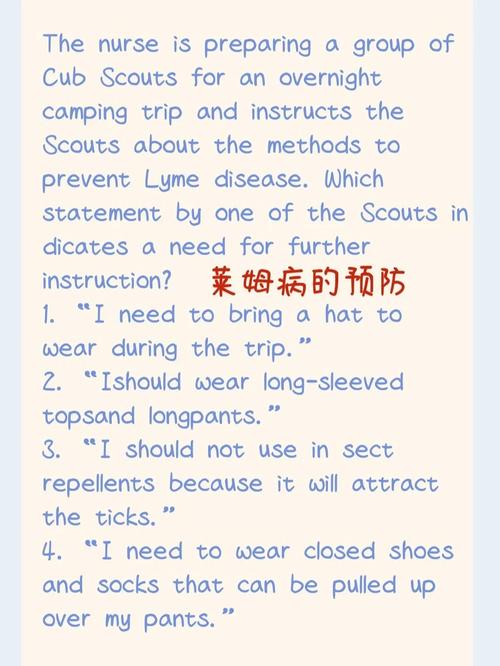
Photos of Tick Bites with Lyme Disease: A Detailed Look
Understanding the symptoms of Lyme disease can be challenging, especially when it comes to identifying tick bites. This condition, caused by the bacterium Borrelia burgdorferi, is transmitted to humans through the bite of an infected tick. Recognizing the signs and symptoms, including the appearance of a tick bite, is crucial for early diagnosis and treatment. In this article, we will delve into the various aspects of tick bites with Lyme disease, providing you with detailed insights and photos to help you identify this condition.
What Does a Tick Bite Look Like?
A tick bite may not always be immediately noticeable, as it can be small and painless. However, there are certain characteristics that can help you identify a tick bite, especially if it is associated with Lyme disease. Here are some common features:

| Feature | Description |
|---|---|
| Redness | The area around the bite may become red and inflamed. |
| Wheal | A raised, red bump may form around the bite. |
| Enlarged Lymph Nodes | Lymph nodes near the bite may become swollen and painful. |
| Dark Spot | A dark spot or bruise may appear around the bite. |
It is important to note that not all tick bites will result in a rash or other visible symptoms. However, if you notice any of these features, it is essential to seek medical attention promptly.
Photos of Tick Bites with Lyme Disease
Below are photos of tick bites with Lyme disease, which can help you identify the condition. Please note that these images are for illustrative purposes only and may not represent every individual case.



Other Symptoms of Lyme Disease
In addition to the appearance of a tick bite, there are other symptoms that may indicate Lyme disease. These symptoms can vary from person to person and may include:
- Fever and chills
- Headache
- Muscle and joint aches
- Swollen lymph nodes
- Redness and pain in the joints
- Heart palpitations
- Neurological symptoms, such as facial paralysis or numbness and tingling in the arms and legs
It is important to remember that not all individuals will experience all of these symptoms, and some may not exhibit any symptoms at all. If you suspect you may have Lyme disease, it is crucial to consult a healthcare professional for an accurate diagnosis and appropriate treatment.

Preventing Tick Bites and Lyme Disease
Preventing tick bites is the best way to avoid Lyme disease. Here are some tips to help you reduce your risk:
- Wear long sleeves and pants when hiking or spending time in tick-infested areas.
- Use insect repellent containing DEET or picaridin on your skin and clothing.
- Perform regular tick checks on yourself, your family, and your pets after spending time outdoors.
- Remove ticks promptly using a pair of fine-tipped tweezers, grasping the tick as close to the skin as possible.
- Disinfect the bite area with antiseptic and monitor the area for any signs of infection.
By taking these precautions, you can significantly reduce your risk of contracting Lyme disease and other tick-borne illnesses.
Remember, if you suspect you have been bitten by a tick or have symptoms of Lyme disease, seek medical attention immediately. Early diagnosis and treatment are key to preventing long-term complications.







